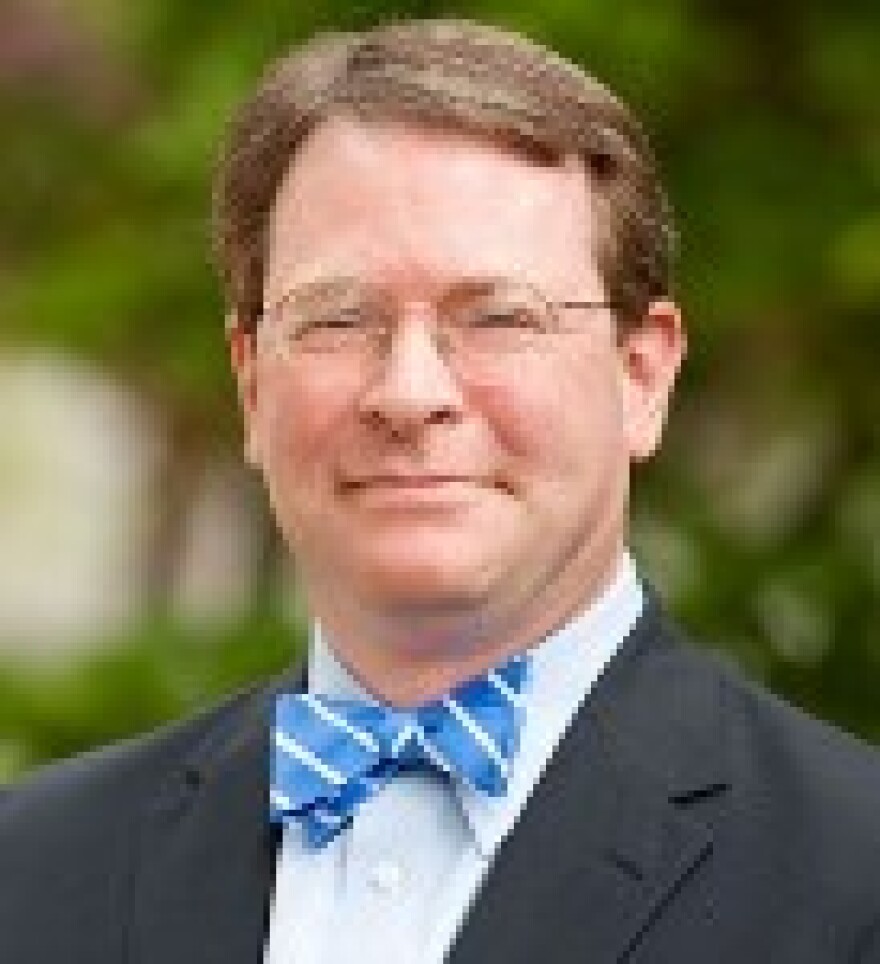Much has been made about who will show up in elections and how both parties put together their different coalitions to win in state-wide general elections. And with the significant growth in one bloc of the general population, both sides are attempting to see how they can best capitalize on a changing electorate.
One critical electoral group that has seen the greatest growth is that of Hispanic/Latinos in the nation, with their growth seeing a 50% increase since 2000.
With this growing population, both political parties are seeking to continue their courtship of Hispanic voters: Democrats have a strong connection already with this group, with President Obama securing 70% of the Latino vote in 2012. This caused Republicans to reevaluate their strategy and recognize the need to gain greater support in their bid to expand their party’s electoral coalition.
But that tremendous Hispanic population growth could be misleading in terms of their electoral power. In a recent New York Times blog piece, Nate Cohn looked at Hispanic voting influence and found that Latino voters “will represent a tiny fraction of the electorate in the states and districts critical to the battle for control of Congress.”
If North Carolina continues its trend of swing-state status in presidential and US Senate races, the state could be a critical test of the rise of new racial and ethnic coalitions within the two parties, and more importantly, what role Hispanic voters play in deciding state-wide competitions.
In the past decade, North Carolina has seen a 49% increase in black voter registration, rising from 984,000 in 2004 to over 1.4 million in the latest numbers for 2014. Among Hispanic voters, there has been an astounding 1,094% increase in voter registration; yet the raw numbers show demonstrate Cohen’s point: registered Hispanic voters have increased from 10,000 in 2004 to over 120,000 this year, barely 2% of the states 6.2 million voters.
In comparison, white voters in North Carolina saw a 17% increase from 2004 to this year, rising from 3.9 million to 4.6 million.
But it’s not just about registering these voters; it’s also about getting them out in November elections. In North Carolina, black and Hispanic registered voters tend not to show up in mid-term elections like they do in presidential election years.
All three groups—white, black, and Hispanic voters—tend to see a zigzag in turnout between presidential and mid-term election years. White voters saw a 69% turnout of registered voters in presidential years, but turnout dropped to the 40s in mid-term years of 2006 and 2010.
Among black voters, turnout has been 71% in the past two presidential election years, but dropped to 29% and 40% in 2006 and 2010 mid-term years, respectively.
The emerging Hispanic voters saw a 59% and 54% voter turnout in 2008 and 2012, but a dismal 21% and 19% voter turnout in 2006 and 2010 mid-term election years.
Among black voters who cast ballots in 2012’s presidential election, only 2% were registered Republican; among Hispanic voters casting ballots, only 17% were registered with the GOP.
Recently, left-leaning groups seized on a two-year old comment by U.S. Senate Republican candidate Thom Tillis about how the "traditional population of North Carolina and the United States is more or less stable. It's not growing. The African American population is roughly growing but the Hispanic population and the other immigrant populations are growing in significant numbers. We've got to resonate with those future voters."
In the heat of this year’s competitive U.S. Senate campaign, commentators pounced on Tillis’ definition behind his ‘traditional population’ remark. But what Tillis remarked after the 2012 election is exactly what national GOP leaders found in their post-mortem analysis: the future demographics of the county will require Republican outreach to minorities and, “if we want ethnic minority voters to support Republicans, we have to engage them, and show our sincerity.”
This year’s mid-term election should see potentially a continuation of the increase in registration, as well as the precipitous drop in turnout among all voters, traditional or non-traditional, as well. The more worrisome figures for the Grand Old Party’s ‘big tent’ is the fact that their supporters are more and more the traditional spectators — mostly white.
What Tillis was perhaps seeking to do was broaden that electoral racial coalition that the GOP will need to survive in the future. It may do all Republicans some good, however, to perhaps rethink the idea of what is “traditional” in light of the obvious change in American society and in the Old North State and engaging with this growing and diverse set of “future voters.”


